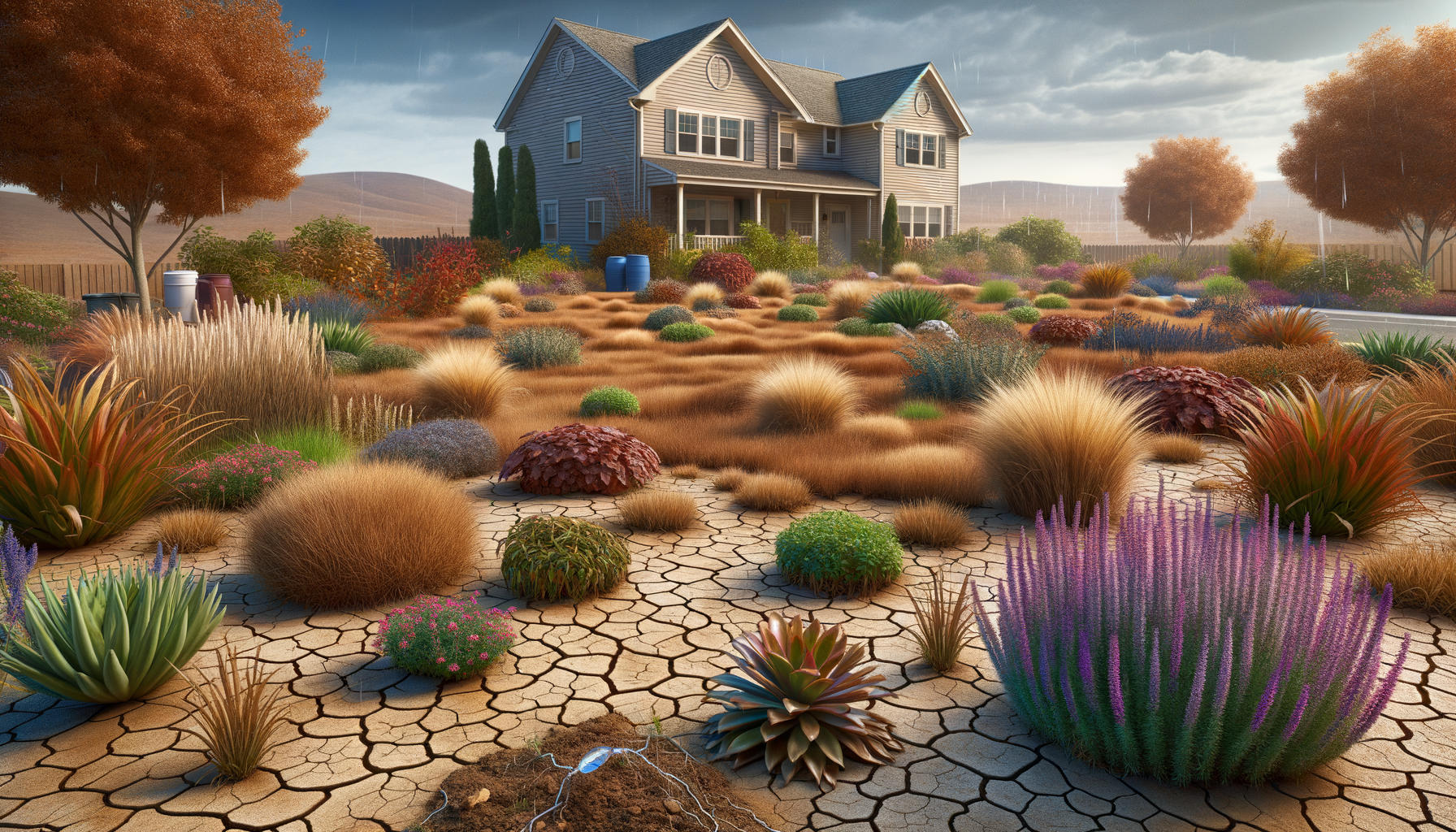How to Safeguard Your Property During Northeast Droughts: Essential Tips and Strategies

In recent times, the Northeast has experienced an unusual weather phenomenon. This once verdant region is facing an increasing frequency of droughts, a challenge traditionally less common in this part of the country. As a homeowner nestled in these lush landscapes, it’s essential to adjust to these climatic changes to protect your precious property.
The recent droughts have stressed lawns, gardens, and even the infrastructures that depend on consistent moisture. Reduced rainfall and rising temperatures create a ripple effect, impacting everything from your home’s foundation to the foliage that provides shade and beauty to your property. One of the first visible signs of this growing problem is browning grass and wilting plants. Lawns that once thrived in humid conditions now struggle, necessitating a reevaluation of landscaping practices.
For starters, consider integrating drought-resistant plants into your garden. Species like sedums, lavender, and ornamental grasses not only withstand periods of low water but also add vibrant texture to your landscape. Moreover, applying a thick layer of mulch around plants helps retain soil moisture, ensuring that your plants get their much-needed hydration even when the skies stay clear for prolonged periods.
Rainwater harvesting has emerged as a savvy solution for those looking to conserve water while ensuring their gardens remain lush. By installing rain barrels, you can collect any rainfall that does occur, providing an eco-friendly resource to keep your garden flourishing during drier spells.
Your home’s foundation is another aspect at risk during drought conditions. As the moisture in the soil decreases, the earth can shift, potentially unsettling your home’s foundation. To mitigate this, maintain soil moisture consistency by watering the area around your home during extended dry stretches. This can help keep the soil stable, reducing the risk of movement that could lead to costly structural repairs.
Furthermore, it might be time to evaluate the efficiency of your current irrigation systems. Modern, smart irrigation systems can target specific areas of your garden, optimizing water use by focusing only on the plants that need it. This not only conserves water but also ensures that your garden remains healthy and green.
Finally, if you have a pool, cover it when not in use to minimize evaporation. In doing so, you reduce the need for constant refilling, conserving more water in the process.
Understanding and adapting to these changes can not only preserve but even enhance the health and value of your property. The shift in climate patterns is undeniable, but with resourcefulness and preparation, homeowners can continue to enjoy the beauty and security of their Northeastern residences.
